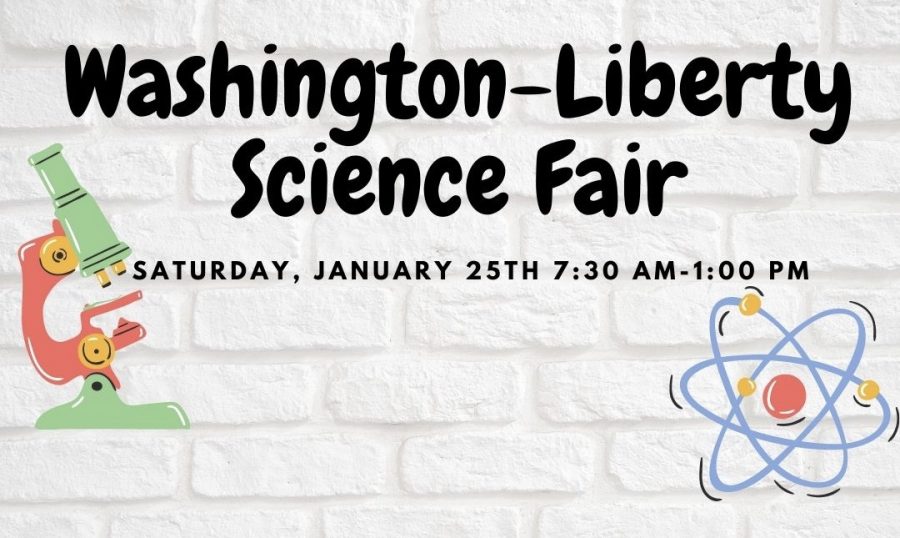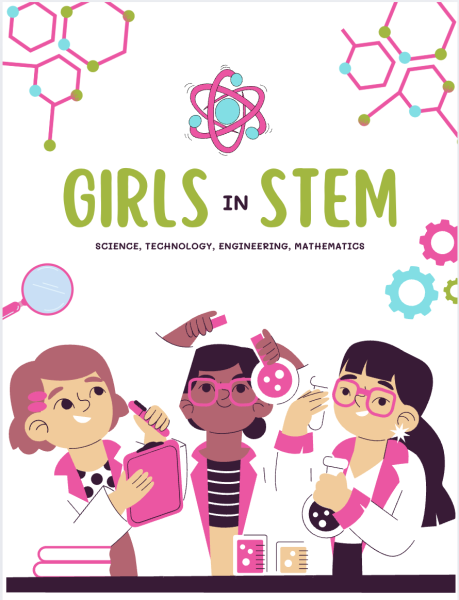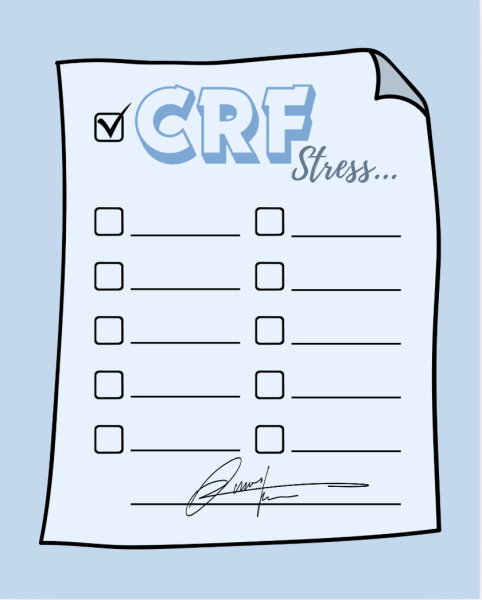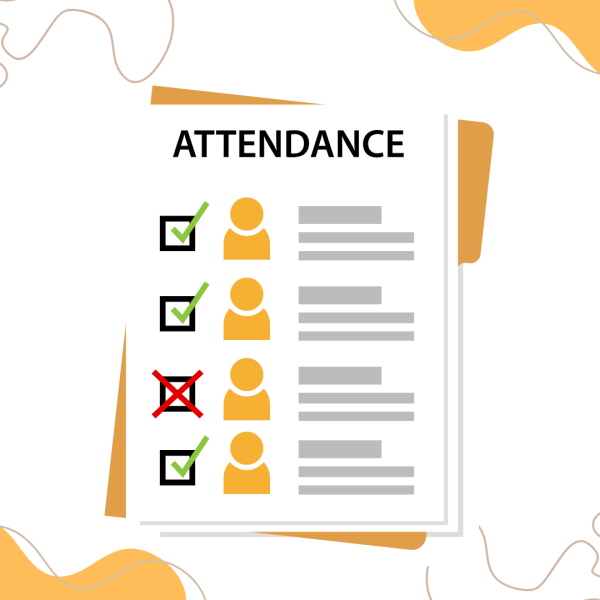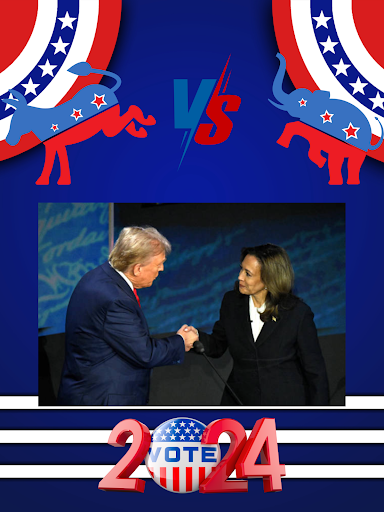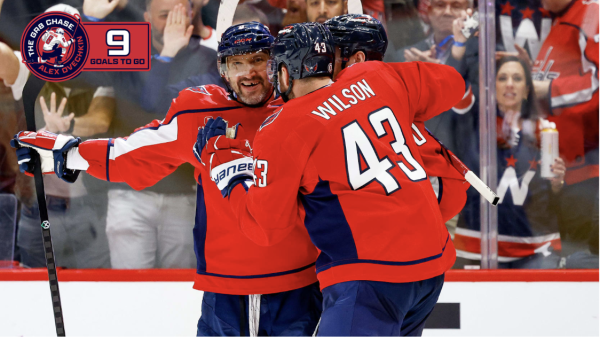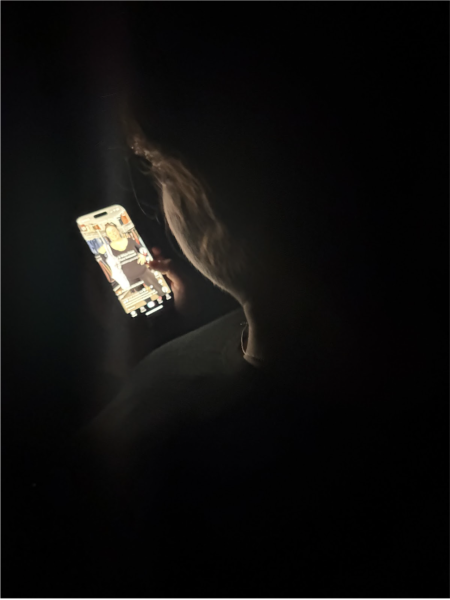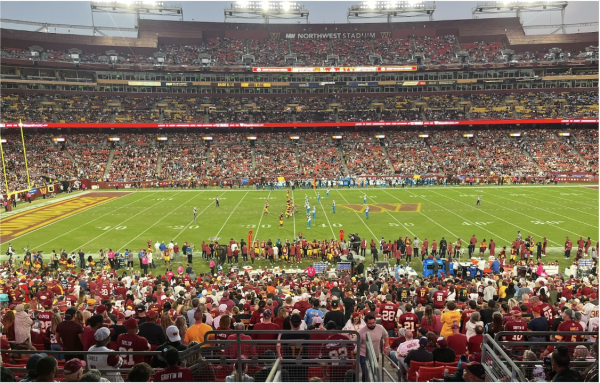Science fair shifts to virtual format
Students from all grade levels flood the cafeteria to present their science projects, all organized into groups from environmental science to microbiology. The air is filled with anxiety and tension to hear the judges’ ruling. This year, the science fair will contrast from what it usually is due to the COVID-19 pandemic. There are significant changes being put in place, but there are some similarities as well.
“The selection of projects has been different because students have been given more options as to what kind of projects they can work on,” biology teacher and head of the Science Fair Mentors Group Ms. Lourdes Sotomayor said. “For this year, they’re not allowed to work with any hazardous chemicals or hazardous equipment without teacher supervision, they’re not allowed to do any microbiology projects and they’re not allowed to do any human participant experiments as well.”
The choices of the types of projects students could do for the fair are limited, but new options also presented themselves. Students are now allowed to do field observations and look at databases’ data to analyze.
“They’re also allowed to do field observations as simple as any type of observation in their backyard, at a park or using webcams that are positioned around the world so they can also observe stuff that’s going on in Tanzania, for example,” Ms. Sotomayor said.
Freshman Maryam Elgindy chose to collect data through databases for her science experiment.
“The question I’m asking is what is the effect of public health policy on COVID-19 mortality in the US,” Elgindy said, “We basically looked at how many policies each state implemented, and then how many COVID-19 deaths they had, and see if they had a correlation.”
Elgindy’s experiment found that sometimes the states that implemented the most policies, like North Carolina, were still having an increase in COVID-19 cases. One of the reasons for the findings not matching Elgindy’s model was that people don’t always follow the policies implemented. Elgindy’s research also found that sometimes states, like Georgia and Iowa, didn’t implement any of the policies Elgindy was looking for.
For students struggling with their projects they can find help and structure through provided resources. Normally, students follow a guided pathway that helps them keep on track with deadlines. Students are encouraged to start thinking about their project over the summer and when school starts they propose their idea. Another way students can receive help is the student Canvas help page.
“Because we are virtual, students need a lot more support,” Ms. Sotomayor said. “I also manage [the Canvas help page] and I did a complete revamping of the page to make it more student-friendly. Students can access video tutorials through that page, they can look at sample papers on that page, they can contact the mentors for that page and they can look at the handbook with all the rules and guidelines for the science fair.”
Mentors are another resource. They try to meet with students after school at least once a week, and when major deadlines are close, they meet with students twice a week. Each mentor help session is designed to answer specific questions and focus on one part of the science fair.
“We have our own Microsoft Team and what we do is we take students from ninth and tenth grade levels who are conducting a science fair experiment, they join us and then I create breakout rooms or channels where every mentor can go in and individually provide assistance to students that need that help,” Ms. Sotomayor said.
After individual meetings with mentors, students are given a Google Form that they can fill out to give feedback. If students are still struggling, then Ms. Sotomayor joins the breakout room to individually help the student. The mentors are older students volunteering their time to help underclassmen.
“[Students] volunteer because the mentoring hours work toward CAS [Creativity, Activity, Service] hours, which is a requirement for the [International Baccalaureate (IB)] Diploma,” ” Ms. Sotomayor said. “At the beginning of the school year, we send out an announcement that anyone who’s participated in the science fair before, attended the Virginia Junior Academy of Science (VJAS) and has experience with writing as far as their papers [can be selected as a science fair mentor].”
Students who become mentors have experience with the science fair before, and some were even mentored themselves.
“I used science fair mentors when I was a freshman and a sophomore and they really helped me focus on my project idea and get some of the presentation skills that are used later on,” senior and co-president of the Science Fair Mentor Group James Licato said. “I just wanted to help other students do the same because it had a big impact on me. I find it fun; I like reading other people’s research papers.”
Another example of a mentor who was inspired to become a mentor by being helped in the past by mentors is senior and co-president of the Science Fair Mentor Group, Mahia Rahman.
“I’ve been doing science fair for a good five or six years now, and I got so much mentorship from this club,” Rahman said, “I think around my freshman and sophomore year, they helped me a lot so I wanted to give back to the W-L [Washington Liberty] community and help students last year and this year now.
The co-captains and Ms. Sotomayer choose new mentors through a Google Form. They choose more experienced students that are better prepared to help their underclassmen.
“I didn’t get mentor at first, but then Ms. Sotomayor contacted me saying I [Ms. Sotomayor] want mentors not only to be based on the Google Form, but also to be based on their accomplishments and how involved they were with the club,” Rahman said.
There is a very short timeline for students to get ready for the science fair — it is at the end of January, and then students begin preparing for the regional science fair. This year, instead of the science fair being in-person and taking place in the cafeteria where students can present their projects, all their projects will be presented virtually.
“The science fair is going to be virtual, so then that means that students are going to have to present a Google Slide [presentation] of their science fair experimental results,” Ms. Sotomayor said. “For regionals, they have to submit a video.”
The science fair is usually on a Saturday from 8 a.m. to 1 p.m. The judges are members of the community who are willing to spend their Saturday grading science fair projects. The judges are chosen by Ms. Crystal Liller, the science fair director. Each judge is given a certain number of projects to grade, and each project gets graded by three judges. After all the projects have been graded, the judges all come together and discuss who wins first, second and third place, along with honorable mentions.
“Ms. Liller uses a rubric that comes from the International Science Fair and follows the International Science Fair and engineering rules,” Ms. Sotomayor said. “She gives all judges a guideline and a rubric. All judges are instructed on the rules for grading the experiments right and they all follow that same same format and rubric.”
Toward the end of the science fair, Ms. Dawn McCoart, the department chair for science, conducts a ceremony to announce the winners.
“They get a certificate for science fair and then the students that earned first place and some students that earn second place and are recommended by the judges get to go to the regional science fair,” Ms. Sotomayor said.
Then students who are able move up from the school science fair and attend regionals, then state and sometimes have the chance to attend the International Science Fair. The school only gives out certificates and honorary titles. VJAS, a competition that takes place in May, gives students monetary prizes.
“[The Virginia Junior Academy of Science] [is] when we travel as a school to a different campus for the state competition,” Ms. Sotomayor said. “If our students perform really well, they could earn not just a certificate and an award, but also money for different purposes. It could be [used] to fund their research to continue for following years, or it could also be scholarship money that they can apply to university or college.”
Participating in the science fair also helps students learn skills they might need later on in high school.
“I really recommend it [the science fair] because writing the research paper really prepared me for stuff that I’m doing in junior and senior year, especially if you’re a full IB student with the Extended Essay [EE],” Licato said.
Students had mixed feelings about the science fair being virtual as they were upset they weren’t able to go; they also understood that it was safer to have a virtual fair.
“I haven’t made a presentation in a while, so I am looking forward to that, but I am a little disappointed that the first time I do it [the science fair] it’s not gonna be in real life,” Elgindy said, “but that’s okay because I still get to present my project. I was a little more disappointed about VJAS [Virginia Junior Academy of Science] this year and last year.”
”There’s a great satisfaction that comes from your hard work being evaluated at the end and to get people to see the hard work that you’ve done,” Ms. Sotomayor said. “There’s still a very good chance that VJAS is going to happen later this year. So, you know, we just continue with scientific research because the world depends on us to do that, right? So we push forward.”


